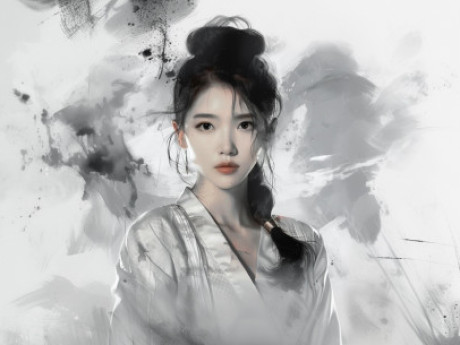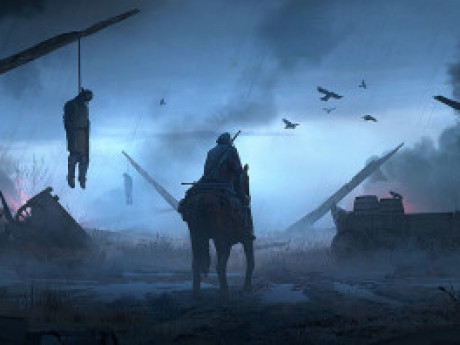Characters in this post

View character profile for: Gonyaul'vaux
Arihs Ikeburer
Gonyaul had finished his task well before noon and made his way back home. He was lost deep in thought. He had not even realized he had drifted from kagim. It was such a slow process, justified over and over again with small seemingly inconsequential choices. If he were home the culture would have immediately have corrected and directed him; however, he was on his own here. Simultaneously he felt a sense of empathy for those that lose their way and a sense of resolve to try again.
Once back inside his home, Gonyaul removed his Ostiarium winter clothes, neatly folded them and placed them off to the side next to his folded work clothes. Back home they had dry clothes and wet clothes. For everything ceremonial and meditative they used their traditional Arihs ikeburer, but for daily living in the humidity of the jungle they adapted to a version of attire that breathed better, dried quicker and wicked moisture from the body well. He would continue this same concept of changing outfits. The only difference, was this climate was far more suitable for wearing the osier the majority of the time as it should be.
He then retrieved his Arihs ikeburer and began the ritual to put it on. Each piece of fabric had an order and meaning in how one went about handling it and putting it on/off:
The inner garments were made of linen material and the basic forms of material were of upper and lower pieces; he weaved the two together at the waist and an outer coat. The interwoven pattern represented gratitude.
Gonyaul wrapped the upper garment from the right side before the left. He aligned the middle seam on both the front and back carefully, as it represents a person’s honor. After putting it on, he secured the right side first with the ties from the inside. Then covered it with the left side and tied it up on the right
Next came the waist high pleated skirt to match. He wrapped the skirt around his waist and found the tie in the middle, securing that first. Then he wrapped the remaining skirt side and tied again. The triangular curved hem was perfectly adjusted to represent humility.
With the right panel on the inside he extended the garment front that wraps around the body and secured it. The garment has large sleeves, which he secured back and then using two separate pieces of linen ribbon, bandaged both forearms up to the elbow. The overlap thickness of each band was identical, three fingers wide, representing excellence.
After tying the right panel first and rolling the elongated triangular part to the right once, and twice at the end, he found two long ties and secured them to the other side to hold together. Finally he added the sash belt, and let it hang specifically at a third from the medial line on the right to represent vulnerability.

Once completed, he exited and made his way back to the Drunken Hare. While walking he braided his long silky black hair and tied it off with a ribbon. He would have done this before leaving, but if he didn't head out now he wouldn't make it back by noon.
He did wear his winter cloak over top; because it was cold and it could possibly rain again today.
He was not doing this to grab attention or to cause commotion. He was doing this because this is who he was, a Vaux. He was supposed to be the salt of the earth and a light to the world. He couldn't do that if he kept trying to hide who he was, compromise on how he did things, and pretend to be like everyone else to fit in. Kagim could not flow if he isolated himself.
Gonyaul had no intention of publicizing who and what he really was. But he wouldn't live in fear of doing what was right.
